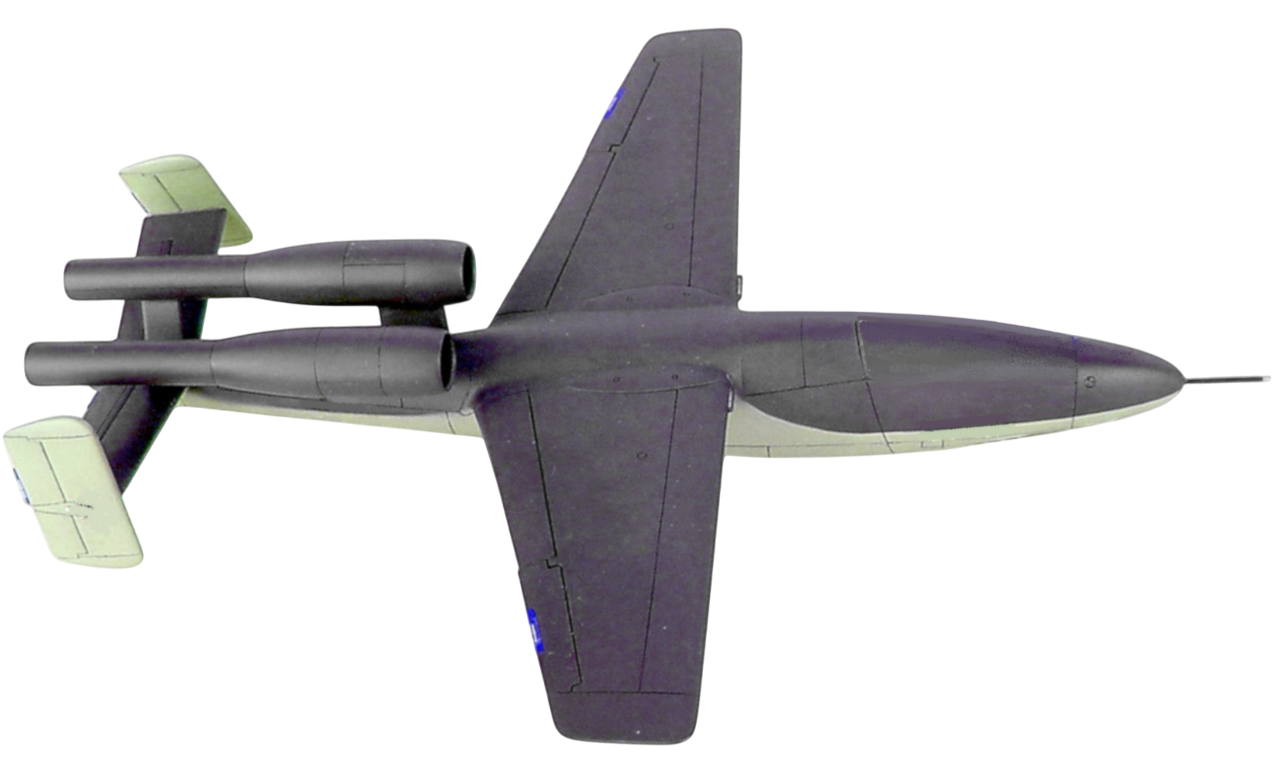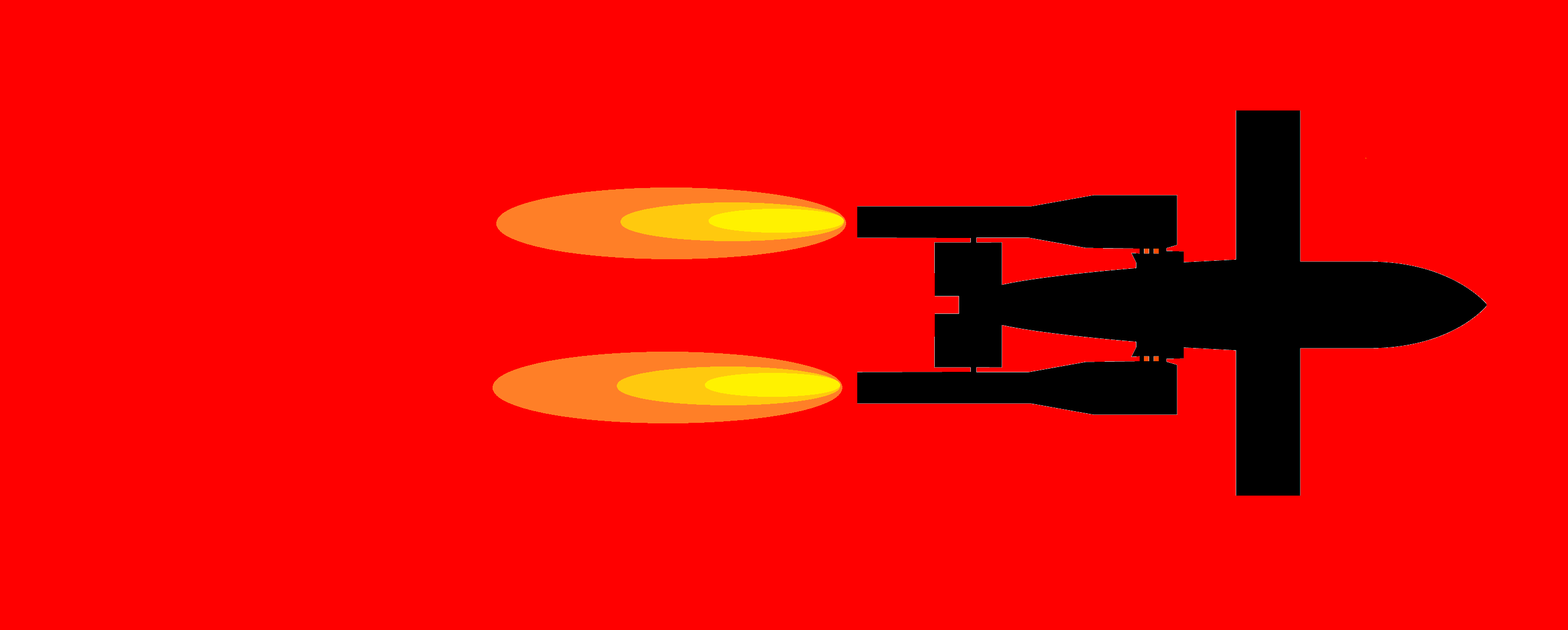
It is quite obvious that validation of any mathematical model is necessary to determine its error, applicability limits, refine algorithms and eliminate model and program errors.
Usually, such verification is carried out by setting up your own experiment, with the results of which the model is compared. This is exactly what is done in the vast majority of scientific papers. However, this method does not actually allow you to verify the model completely, or find the limits of its applicability, or even refine, if necessary, the algorithms and program. Which is also obvious, since it is impossible to solve the problem at one point (with one engine), and the manufacture and testing of engines of different sizes is the work of large scientific institutes and design bureaus with appropriate grants and budgets.
In this case, you should focus not on your own, but on already published research and testing data of various engines. And it is for this reason that the verification of the pulsejet engine model which we developed had not only some features, but also serious difficulties. The reason is that despite the large, at first glance, number of scientific articles, books, disertations and other materials, where a large number of different engines were considered and described, in fact there is very little reliable data on these engines.
For example, one can see the somewhat unsystematic nature of the research urgently started in 1944-45 after the Allies received captured German weapons, including the V-1 cruise missiles with the Argus pulsejet engine. According to declassified NACA reports, it is clearly visible (see our library) that some of the specialists who conducted the research and wrote the reports had not previously encountered either air-breathing engines in general or pulse jet engines in particular. It is also clearly visible that German specialists were not allowed to do such work, so some of the tests look at least strange, although the main developers of the Argus engine, Doctors Schulz-Grunow, Diedrich and others, were already in the USA. In addition, in the 40s of the last century, measuring equipment for measuring the main parameters, especially instantaneous pressures, temperatures, speeds, and flow rates, was still quite far from the modern level. As a result, the results obtained were incomplete, and sometimes did not even correspond to the actual operating conditions of the engine under study. And there are virtually no other data.
After the natural curtailment of military work, this topic almost completely moved into the field of civil practice, mainly aircraft modeling, where the main methods and tools for research were cutting and welding stainless steel. Naturally, no measuring devices other than a dynamometer were required for such 'research', and it is almost impossible to find data on the specific parameters of these engines, and even more so, the values of pressure, temperature, and speed. In addition, the vast majority of aviamodelers, fearing competition, did not widely advertise their achievements in the field of pulse engines. Therefore, despite the fairly significant experience gained and a large number of sources, the results again turned out to be incomplete, for some engines there are not even exact dimensions, and for most there are no parameters other than thrust.
The situation with scientific articles and dissertations was not much better. As a rule, scientists are embarrassed, for some unknown reason, to give the full dimensions of what they actually studied. We believe that many such works were carried out for show, with the purpose of writing another article, and we do not trust their results to try taking something from there and compare the model with them. Of course, there are also quite serious works, but they solved narrower problems, which creates difficulties in interpreting the results for checking the model.
All this has sharply limited our ability to test the model, which had to be reduced to just three engines:
1. The class of large full-size valved engines (resonance tube diameter 390 mm). The original German Argus As 109-014 engine is the only engine for which there are a large number of declassified NACA reports (they can all be read in our library), from which we can extract almost everything that is required for testing. Unfortunately, at present, no original German work on this engine is known, with the exception of the method of characteristics of Dr. Schulz-Grunow, perhaps they were lost during the war. There are also no works on the study of Soviet copies of this engine, which the Soviet academician V.Chelomey and his future TsNIIMash were engaged in for as many as 8 years after 1945 (that gives every reason to consider the academician's stories about his original developments of pulsejet engines in the early 40s to be fairy tales).
2. The class of medium valved engines (resonance tube diameter 165 mm). This is the American Solar PJ32 engine. There was practically nothing on it, except for separate vague references, for more than 50 years, until the US military from the main Air Force Research Laboratory suddenly in 2005 took up detonation engines and decided to compare the process of conventional pulsating combustion (deflagration) with detonation one. Thanks to this, a unique article appeared, from which we can extract almost everything we need. This article, by the way, is to some extent an example of how to do scientific work on engines. You can read it in our library too.
3. Class of small valved engines (resonance tube diameter 40 mm). In the 80s of the last century, the author of the model conducted research on such engines, and a large number of working unpublished materials remained on them. It cannot be said that they are complete, but nevertheless, we managed to extract something from them.
The results of the comparison for all three engines are presented in the table.
development
(V-1)
attack
It follows from the table that, in general, the model works quite satisfactorily in the range of sizes under consideration. It is clear that with a significant deviation of individual dimensions and modes from the original, discrepancies may appear. However, at this stage, we believe that the main work has been done, the model is up and running, which already allows us to conduct some research and tests before (or instead of) cutting and welding. Which is our goal. And the model can always be refined later in the working order.
Unfortunately, none of this has worked out yet with valveless pulsejet engines. There is very little known data and, moreover, it is contradictory, and all references to some known works do not carry any information for us to check anything on them. Therefore, we left the model of the valveless engine in its original form, without conducting any checks and clarifying the processes, in the hope that the data we need will appear in the future. So if you have such data, try our model in action, look at the list of initial data by which it calculates, then the results, and then send similar data - we will be very grateful to you for your help.
